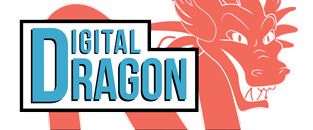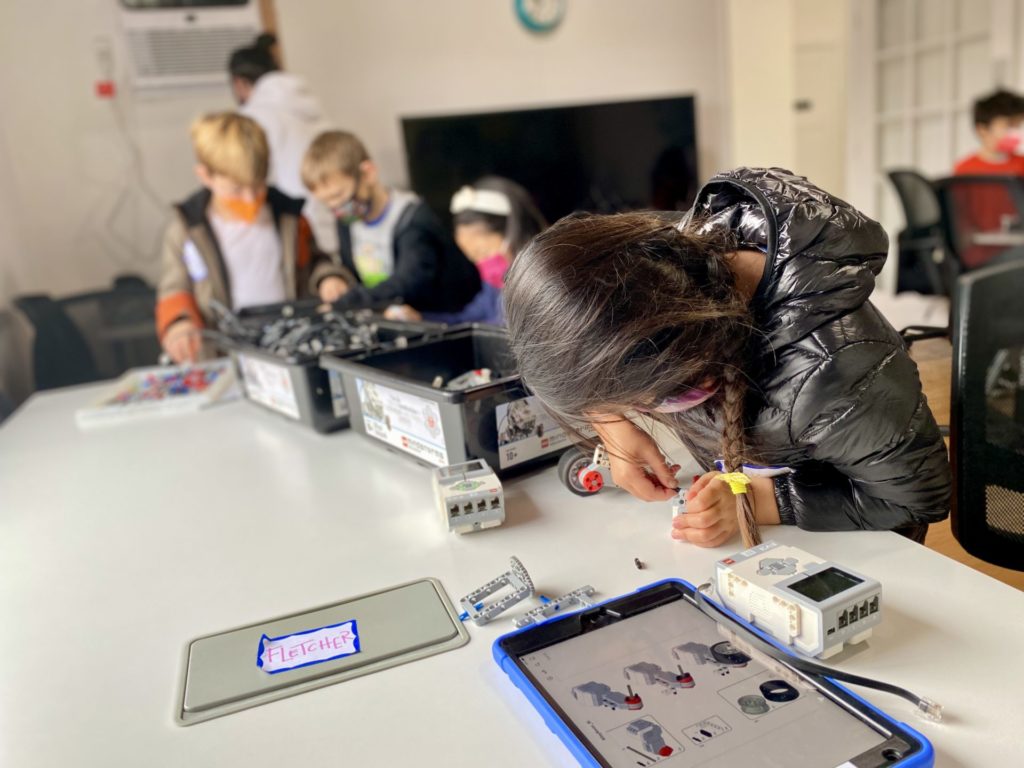How can our kids improve the fate of technology? The future is in their hands!!! Let’s look back and ahead….
Goodbye 2021 – Looking to the Tech Future!
With 2021 wrapped, this month, let’s look at 4 tech trends and take a quick look at the good, the bad, and the ugly.
The Metaverse: The next internet. The Good: The promise of the Metaverse could see unparalleled collaboration for creating and experiencing. The Bad and the Ugly: The tech giants are all staking their plots to ensure their relevance within this new frontier. With megacorporations like Google, Meta, and Amazon all in prime positions, it could easily become a monopoly. As mentioned in our previous post, it will be crucial to keep a close eye on how (and for whom) the Metaverse is designed and deployed.
Free-to-Play* Games: With a strong *. The Good: With so many titles made free-to-play – including current titles like Halo: Infinite – gamers can and should be thrilled. The Bad and the Ugly: Unfortunately, there seems to be many hidden costs associated with this trend. From clearly unfinished and unpolished games, overworked developers, and aggressive in-game purchase models, the “fun” of games may be under attack. When profits are paramount, it’s no wonder we see frustration and toxicity coursing through the gaming community.
Social Media: It’s hard to fathom, but 100+ billion hours of gaming media (note: that’s gaming alone) was viewed on YouTube in 2021. The Good: Minecraft, surprisingly, captured the majority of it – to which I’d chalk up as a partial win all things considered. The Bad and the Ugly: Media platforms as a whole have been linked with troubling information. These range from promoting hatred to exacerbating mental health issues. The Better: Social Media could be kept in check through regulation and a growing decentralized approach to social media.
Digital Humans as a Service: Computer generated interactions. While it sounds like something from the Matrix, we’re slowly but surely being inoculated via platforms like Siri, Alexa, Cortana, Google Assistant, as well as chat bots. The Good: With the advances in technology and levels of immersion, there’s a real chance that we can design these services to promote empathy (think therapy) and equitable education (think digital tutors). The Bad and the Ugly: Again, it’s a question of gate keeping and content creation. Convenience at what cost?
TLDR; 2021 has undoubtedly been a truly challenging year yet again. In a way to respond, cope, and heal, it’s natural that people have turned to alternate realities (the hopes of the Metaverse), play / games like Minecraft, an environment they understand and can control, and each other via social media (even though interactions can be generated / targeted). In reflection of 2021 and in our approach to 2022 and well beyond, we must continue to remember that all the technology mentioned above is developed by people – and we as people can choose to design technology for the betterment of all humankind.
About the Author:
John Balash was instrumental in Digital Dragon’s launch in 2013 as its first Curriculum Director and is now back in the fold as a consultant on all the latest and greatest in tech education.This is John’s latest contribution to a monthly blog series we’ve launched, Tech News from the Frontier. John is the Director of Educational Engagement at Carnegie Mellon University’s Entertainment Technology Center. John has worked on educationally-focused initiatives with clients ranging from D.A.R.P.A. to Disney. Working from both sides of the desk, you can find John in classrooms and conferences around the world exploring new uses for technologies in learning environments.

